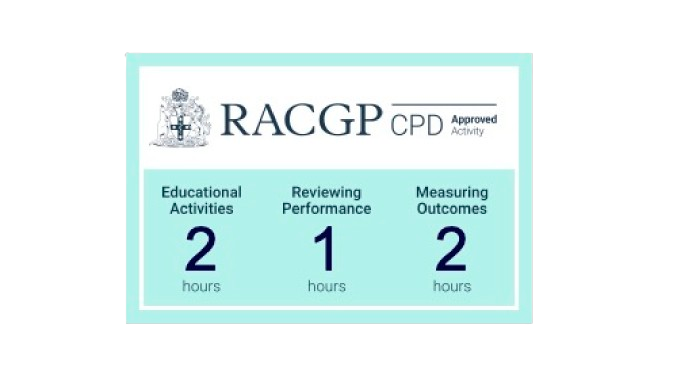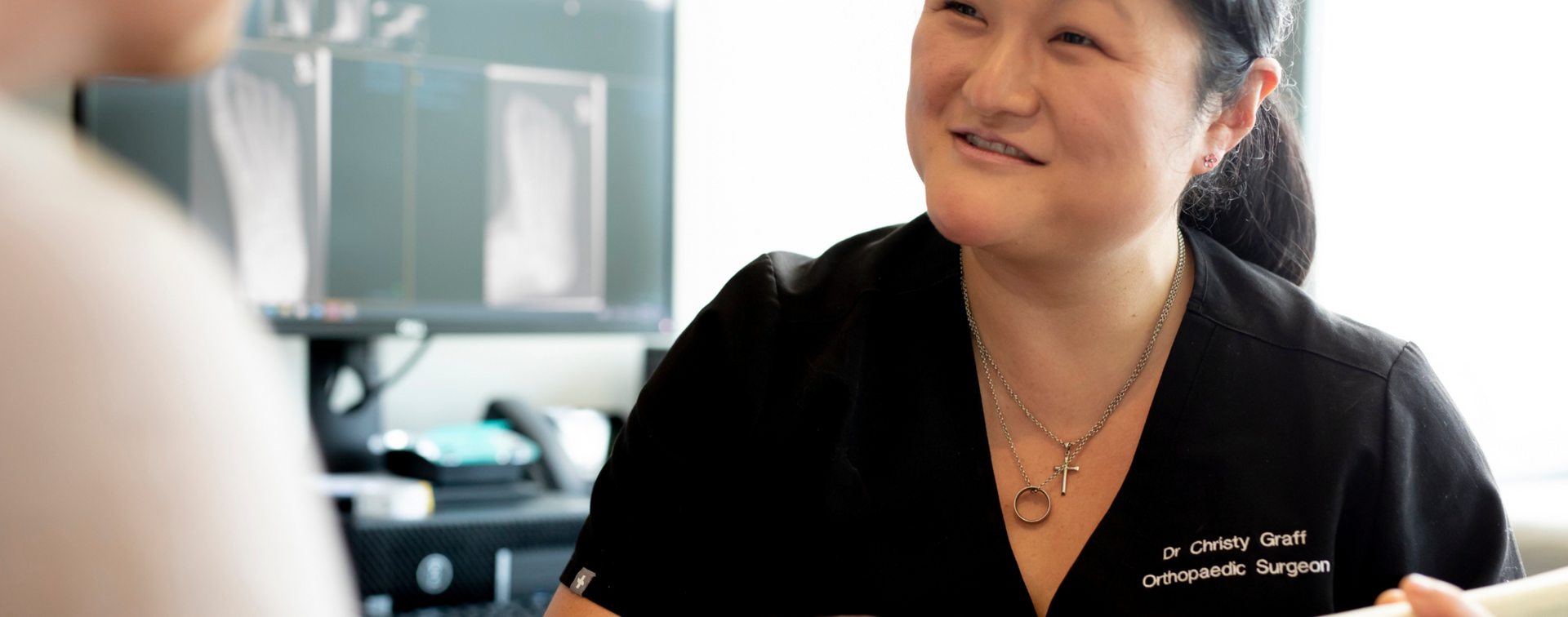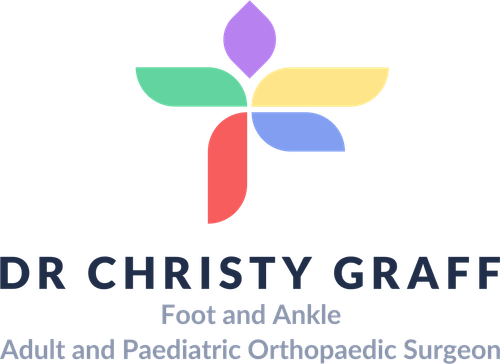Understanding Conditions of the Foot and Ankle
Christy Graff • June 10, 2025
Thanks to everyone who came to ‘Understanding Conditions of the Foot and Ankle’ and made it a great education event.
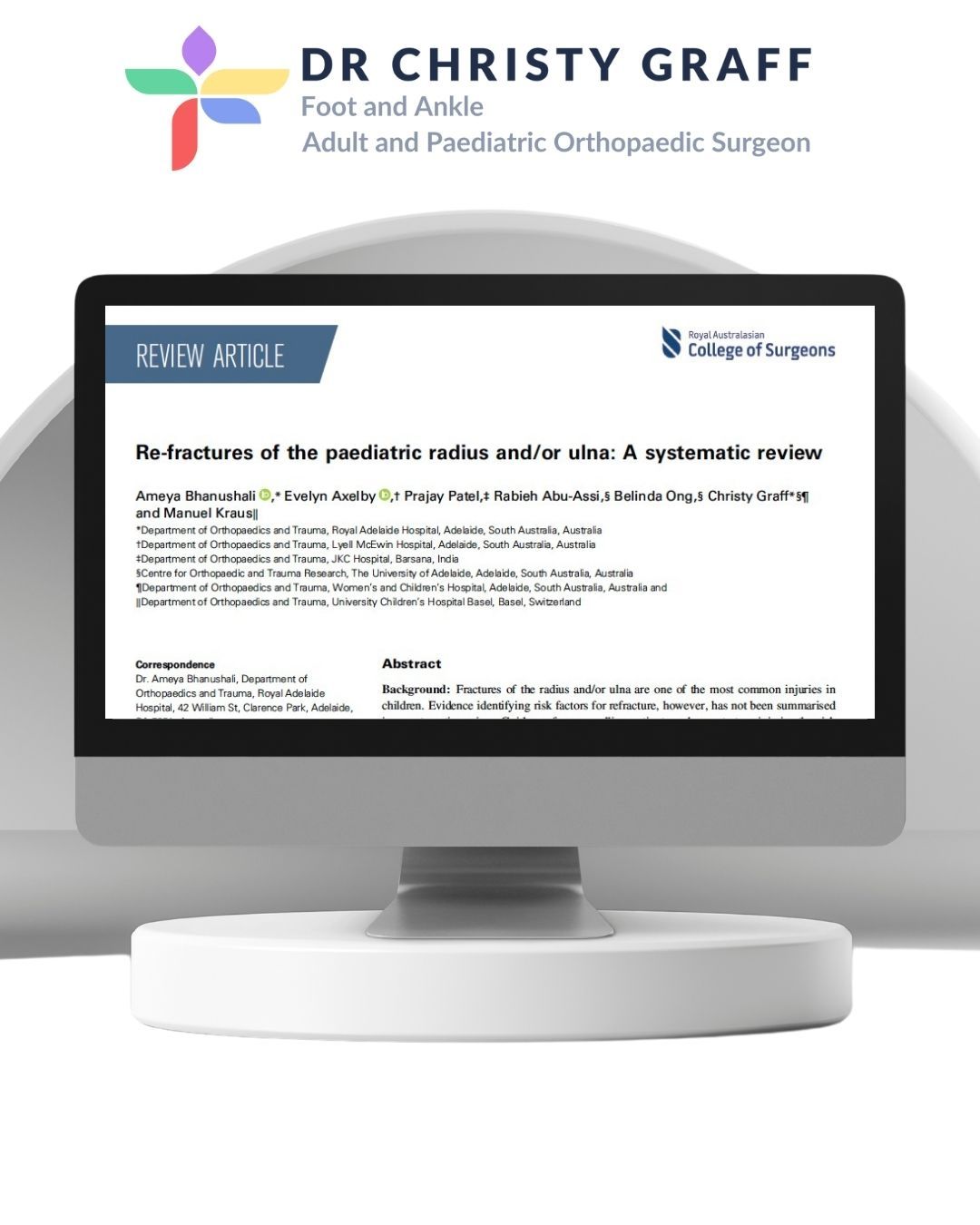
By Christy Graff
•
July 8, 2025
Dr Graff and her team investigated the literature in a systematic review regarding why some children refracture their forearm after their initial fracture. Published in the Australian and New Zealand Journal of Surgery, the team found that the risk of refracture increases in diaphyseal fractures (fractures in the middle of the bone) and greenstick fractures (incomplete fractures). Fractures that have healed in a bent position and incomplete healing in greenstick fractures may also have a higher risk of refracture. Refractures can occur up to 9 months after the initial injury.
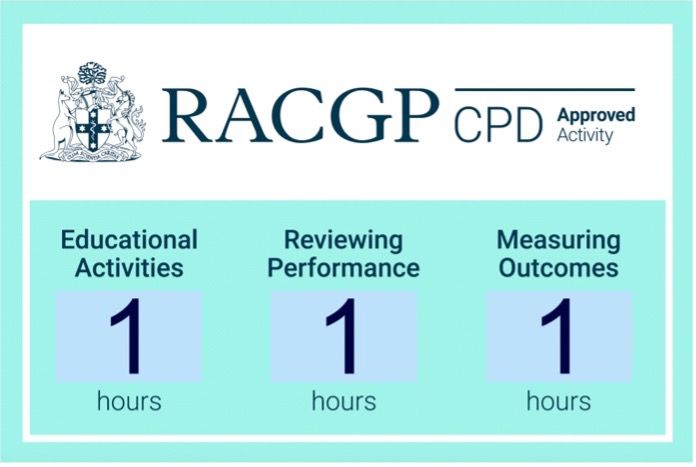
By Christy Graff
•
June 24, 2025
Attention all GPs: you are invited to a free #GPeducation event to discuss everything you wanted to know about orthoapedic 'normal' variants in children. Please register on the details provided. Look forward to seeing you there! Tuesday 22 July 2025 6pm - 9:30pm Dinner provided Chianti, Hutt Street Level 1 Gallo Nero To Register: Email admin@christygraff.com or call 0493 461 133
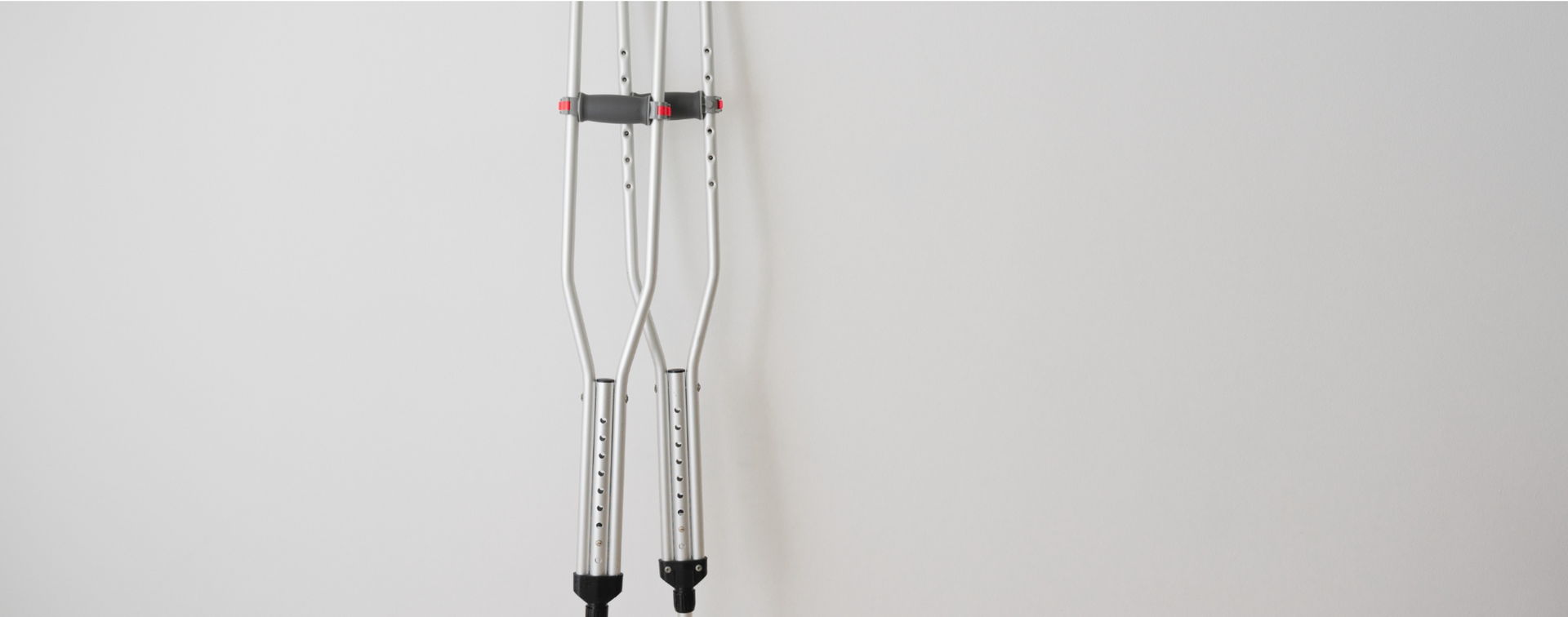
January 13, 2025
The tibia, also known as the shinbone is the most commonly fractured long bone in the body. Tibial shaft fractures account for 1.9% of all fractures. Intramedullary nailing (IMN) – where a specially designed metal rod is inserted inside the bone to stabilise the fracture and allow healing, is the gold standard for the treatment of these fractures in adults.

January 6, 2025
Supracondylar humerus fractures in children are common, and severe unstable fractures are managed with surgery. This involves using X-ray to straighten the bone and put wires in to hold the bone still. The most stable configuration of wires is one on the outside of the elbow and one on the inside of the elbow.
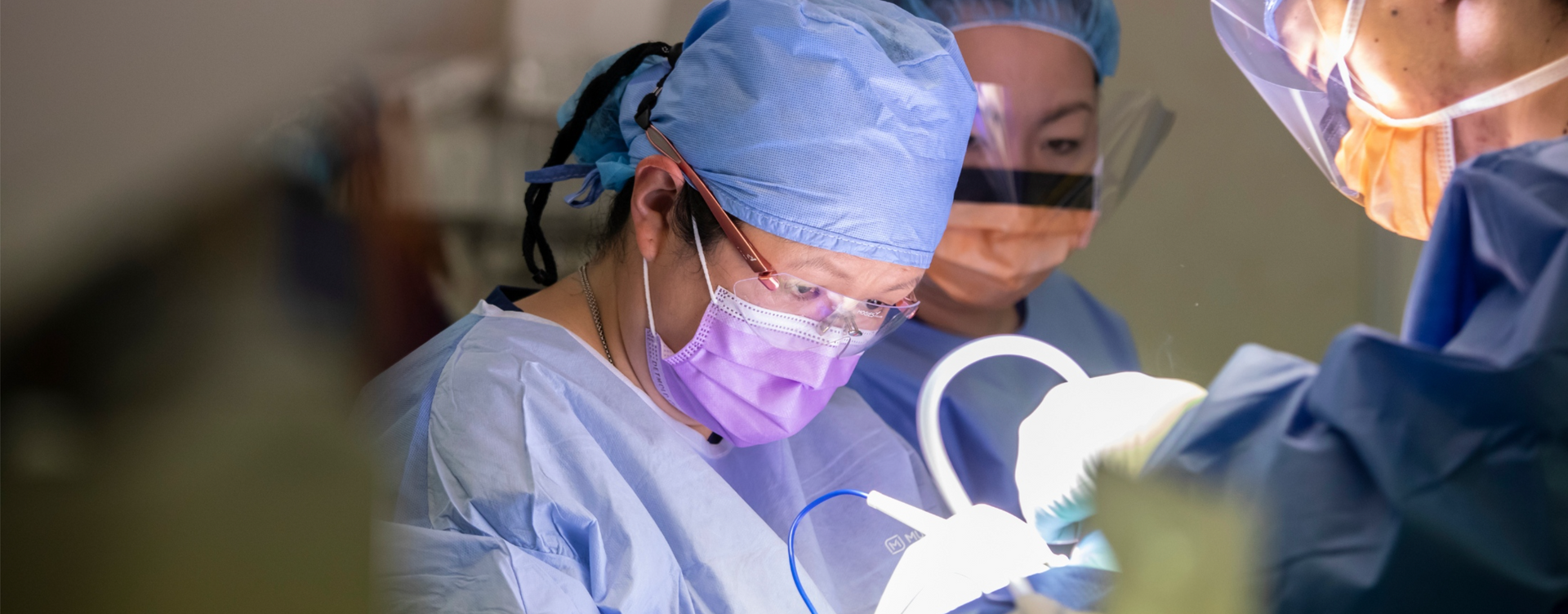
December 30, 2024
Open fractures of the tibia can sometimes lead to bone infection, called osteomyelitis. This is difficult to treat, as the fracture will not heal without getting rid of the infection, but also needs to be stable. If the fracture does not heal, this is called delayed union or 'non-union'.

